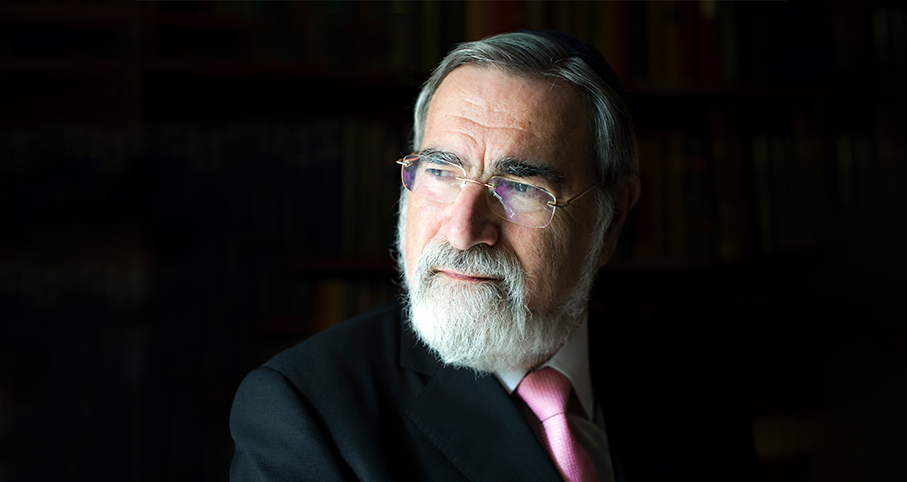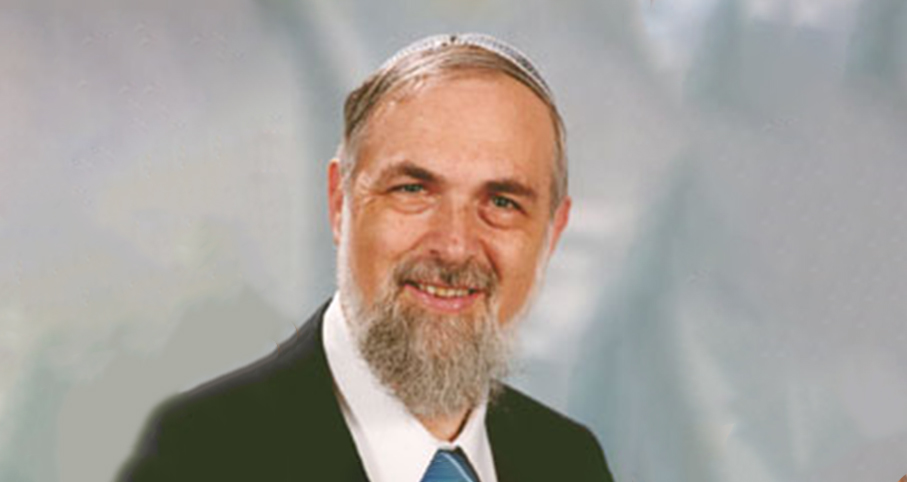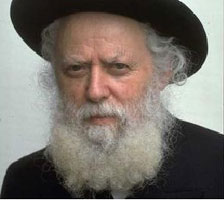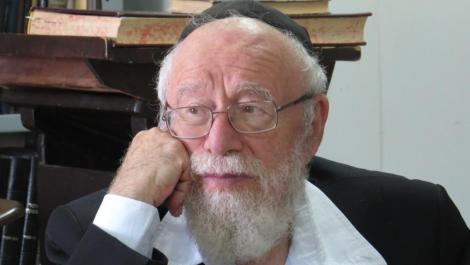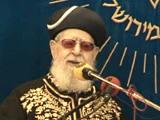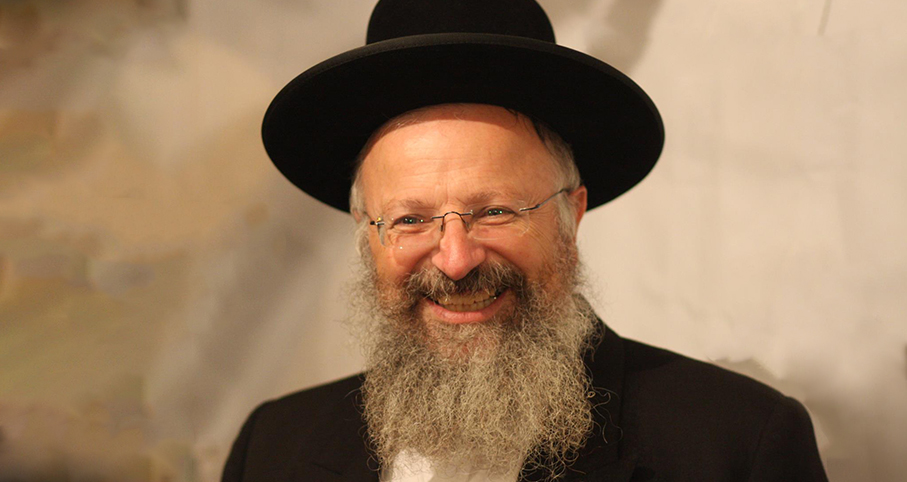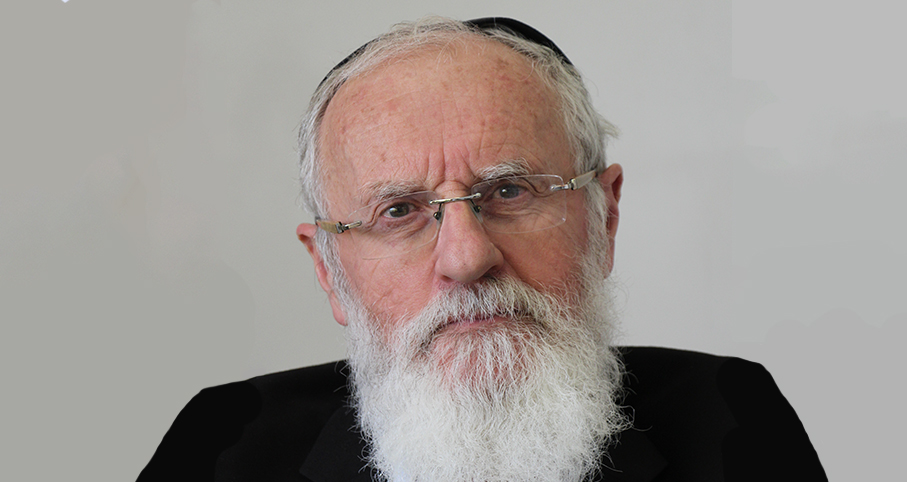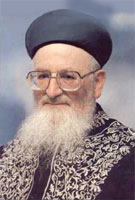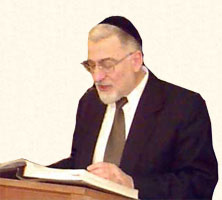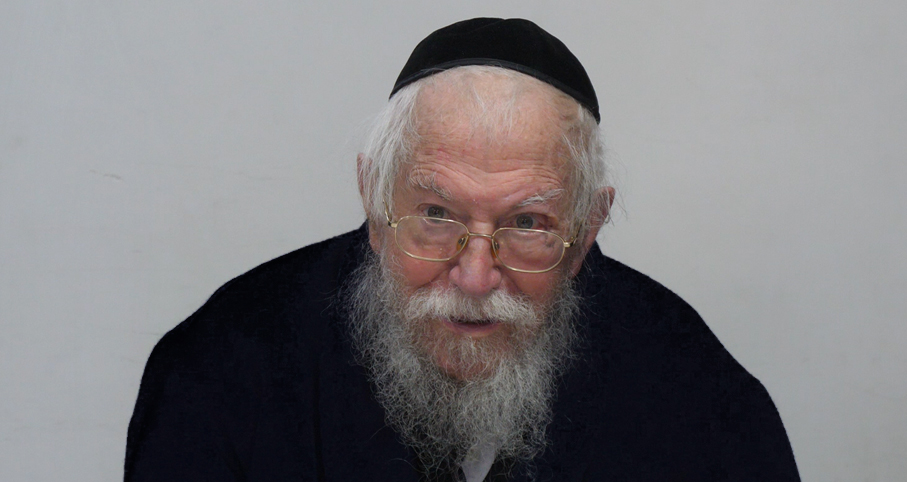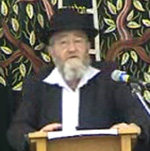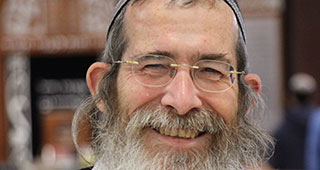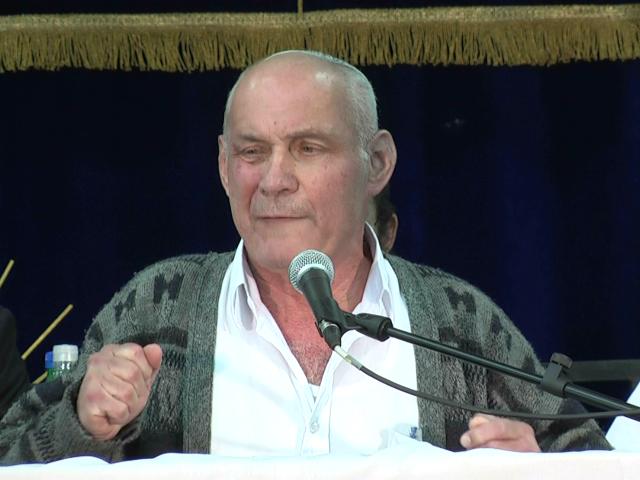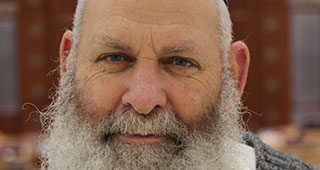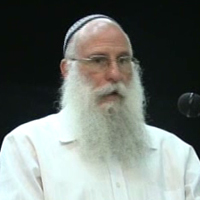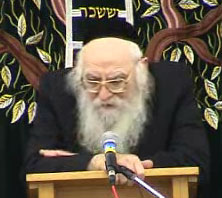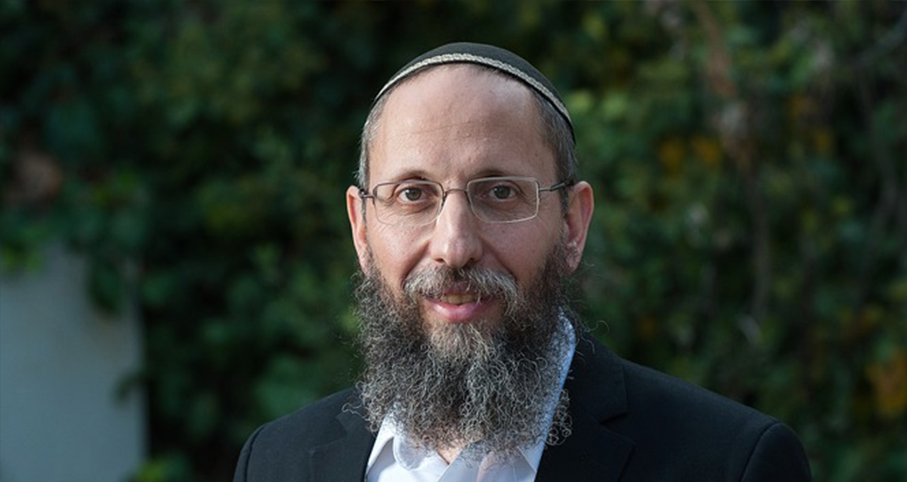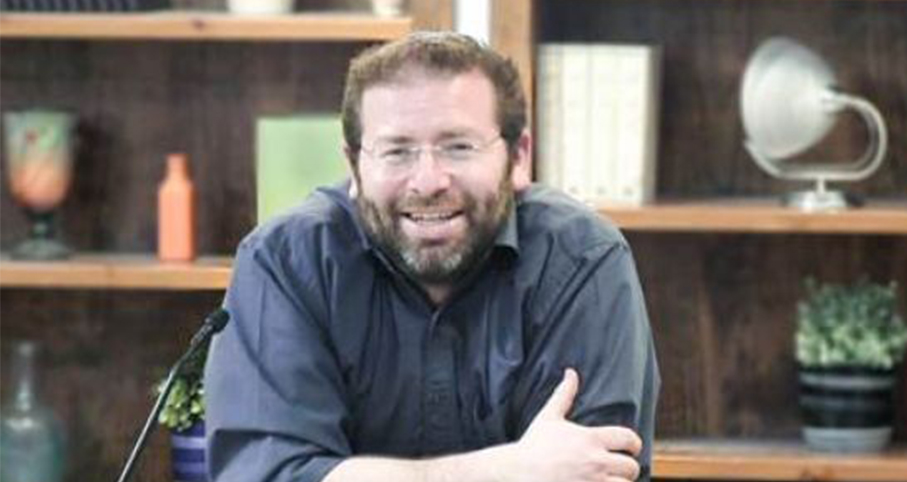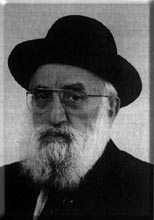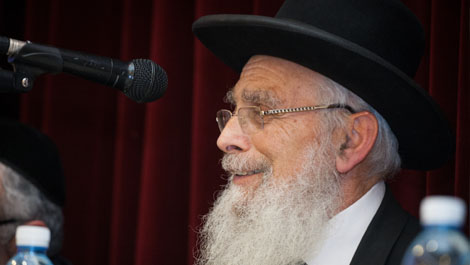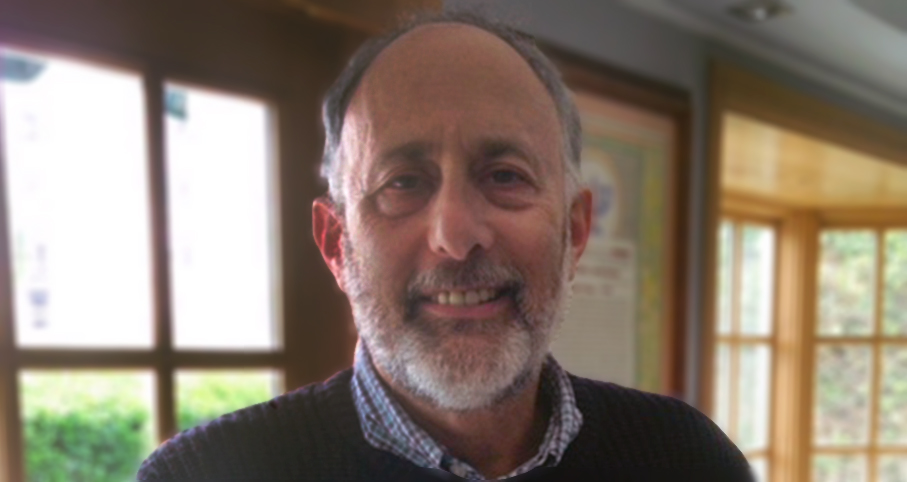Beit Midrash
- Torah Portion and Tanach
- Vayikra
- Kdoshim
- Family and Society
- Mitzvot of the Land of Israel
- Orla and Counting the Tree's Years
Question #1: Chopping Down the Cherry Tree
“A year ago, I transplanted a cherry tree in order to sell the wood, which is widely used by artists for delicate artistic carving. I see that many cherries have grown on the tree. Are they prohibited as orlah?”
Question #2: Sabra Borders
“Someone planted a sabra tree (also known as a “prickly pear,” “cactus pear” or “Indian fig”) as a natural border fence for his property, and placed a sign telling people not to help themselves to the fruit. Is there an orlah prohibition on the fruit?”
Question #3: Woody Fuel
“I live in a rural area without electricity. We run a nature resort and chop wood for heating and cooking. If I plant trees for wood, do I need to keep track of which year I plant the tree, due to orlah concerns?”
Of the many agricultural mitzvos, one of the most fascinating ones we have is orlah. Orlah roughly means that during the first three years of a tree’s growth, any fruit that grows on it cannot be eaten or benefited from. The mitzvah is unique in many ways and its laws contain some very interesting rules and applications.
One of the insights that this mitzvah provides is that it shows that the Torah requires us not to limit ourselves to the studies of religion and philosophy, or even of just Tanach and Gemara. It is impossible to put the laws of orlah into application without an extensive scientific knowledge. An incredible number of botanical details must be understood in the practical application of this mitzvah, and observing orlah properly requires investigating these details.
As a child, I was told that orlah is a very rare mitzvah, since there are no trees that produce fruit in their first three years. Notwithstanding that the Ramban (ad locum) implies this, one cannot rely on this halachically for two reasons:
Firstly, many trees and, in particular, bushes produce fruit and berries in their first three years.
Secondly, it is possible to have orlah on trees that are older than three years.
Let us begin with this topic by examining the pesukim in which this mitzvah is presented:
“Vechi savo’u el ha’aretz, u’netatem kol eitz ma’achal va’araltem orlaso es piryo, shalosh shanim yihyeh lachem arei’lim, loyei’acheil.” “And when you come to the land and you plant any fruit tree, you shall treat yourselves as restricted against the fruits; for three years they shall be restricted to you, you shall not eat them” (Vayikra 19:23).
Let us now dissect this pasuk:
“Vechi savo’u el ha’aretz,” “And when you come to the land.” What land is the pasuk talking about? We can safely assume for now that it is Eretz Yisrael.
“Kol eitz ma’achal.” Since the pasuk later references “piryo,” “its fruit,” we know that the tree bears fruit. What, then, is the pasuk telling us by referring to the tree as “eitz ma’achal”?
It is telling us that the mitzvah applies only when a tree is planted for the purpose of consuming its fruit.
Allow me to explain. Here are three examples of trees that are not planted for fruit:
A. A tree planted for lumber.
B. A tree planted as a boundary marker.
C. A tree planted to produce firewood.
Regarding trees on the above list, the Mishnah (Orlah 1:1) teaches that fruits that grow during the first three years of the life of the tree are permitted. However, there is a caveat to this heter: It must be clear that the tree was not planted for its fruit.
Here is an example:
Trimming the side branches of a tree demonstrates that the tree was not planted for its fruit. When you plant a tree for fruit, the side branches are beneficial. After all, the more branches there are, the more fruit usually grow. In addition, the lower branches are easier to reach, facilitating harvesting.
Trimming the side branches, however, assures that the tree grows straight and tall, yielding taller lumber. Therefore, trimming the side branches proves that your purpose is not for the fruit.
Similarly, if trees are planted close together, that proves that they are not intended for their fruit, since spacing is important for optimal fruit growth.
Chopping down the cherry tree
“A year ago, I transplanted a cherry tree in order to sell the wood, which is widely used by artists for delicate artistic carving. I see that many cherries have grown on the tree. Are they prohibited as orlah?”
The answer is that if you cultivated the tree in a way that it is obvious that you were interested in the wood and not the fruit, even what grew in the first three years is permitted. Also see below that there might be another reason why the cherries are permitted.
Sabra borders
At this point, we can also discuss the second of our opening questions: “Someone planted a sabra tree (also known as a “prickly pear,” “cactus pear” or “Indian fig”) as a natural border fence for his property, and placed a sign telling people not to help themselves to the fruit. Is there an orlah prohibition on the fruit?”
Had the owner planted the tree only as a border, it would not be eitz ma’achal, and the fruit that grew during the first three years would be permitted. However, this is dependent on the intentions of the planter. In this instance, since the owner put up a sign telling people not to take the fruit, he is clearly interested in the fruit crop. Therefore, the fruit is prohibited.
Another exception in which the fruit is prohibited:
Even if a tree is exempt from orlah restrictions due to any of the above situations, if the owner changes his mind and begins to use the tree as a fruit tree, whatever fruit grow during the remainder of the initial three-year period subsequent to this change are prohibited as orlah.
Woody
We can also answer the third of our opening questions: “I live in a rural area without electricity. We run a nature resort and chop wood for heating and cooking. If I plant trees for wood, do I need to keep track of which year I plant the tree, due to orlah concerns?”
There are no orlah concerns if the way the tree is grown or cared for demonstrates that it is being grown only for firewood.
Continuing our analysis of the pasuk: “va’araltem orlaso es piryo.” “You shall treat yourselves as restricted against the fruits.”
Fruits only
Only the fruits of the orlah tree are forbidden. The branches and non-fruit parts of the tree are permitted. However, the entire fruit, including shells, skins, and seeds, is forbidden. Furthermore, even inedible fruit that grow from an edible fruit tree is forbidden. For example, grapes which have not or will not develop are prohibited as orlah.
Benefit
In addition to being forbidden to eat orlah fruits, we are also forbidden to derive benefit, hana’ah, from them.
How does this manifest itself in practice?
It is prohibited to make a dye from the skins or shells of orlah fruits. We may not use the seeds of an orlah fruit for coloring, nor may we use them for fertilizer or animal food. Furthermore, even more indirect methods of benefit are prohibited. Allow me to elaborate:
Let us say that I own a tree whose fruit is orlah. I am not allowed to eat its fruits, but there is no such restriction on my non-Jewish neighbor. Orlah is not one of the mitzvos that a ben noach, a non-Jewish Noahide, is required to observe. However, since the fruits are assur behana’ah, prohibited for benefit, I am not allowed to give the fruits to him, nor am I allowed to tell him to help himself. This is because when I give him a gift, I will likely make him feel indebted to me. He might be motivated to give me something in return, and that would be a benefit derived from the orlah fruit.
What, therefore, should I do with these fruits? Should I just leave them on the tree?
Rav Shlomo Zalman Auerbach paskened that to leave orlah fruits on the tree would create a stumbling block. Passersby might not realize that the fruits are forbidden, and they might eat them. His psak was to take the fruit off the tree and dispose of them in the halachically prescribed method, i.e., by burning them.
Chutz La’aretz
As we said earlier, the pasuk says “Vechi savo’u el ha’aretz,” “When you come into the land,” which we take to mean Eretz Yisrael. Why then is orlah not an agricultural mitzvah that applies only in Eretz Yisrael?
The Gemara (Kiddushin 39a) teaches that orlah in chutz la’aretz has a unique status. It is a halacha leMoshe miSinai, a halacha that we have an oral tradition dating back to Moshe Rabbeinu, and one for which we do not have a textual source in the Torah. This halacha, of orlah in chutz le’aretz, comes with an unusual leniency regarding questionable orlah, as follows:
In Eretz Yisrael, before buying a fruit, one is obligated to research and determine whether or not the fruit is orlah. When in doubt, the fruit must be treated as orlah and prohibited. In chutz la’aretz, on the other hand, one is not obligated to conduct any research. The fruit will only be forbidden if it is definitely orlah.
What is a tree?
How do we define a tree for the purposes of orlah?
While the poskim debate if the qualifications for orlah are the same as those for hilchos berachos, the qualifications for hilchos berachos give us a good starting point. The Gemara (Berachos 40a) defines a tree for the purpose of making borei peri ha’eitz as one that does not lose its trunk from year to year. According to this, if a tree trunk degenerates every year, or if it requires replanting every year, it is not halachically a tree.
However, the achronim give us further qualifications for consideration of a tree's halachic status. For a discussion of these qualifications, I refer the reader to the articles on the website RabbiKaganoff.com, under the search words “tree” or “orlah.”
Three years
How do we calculate the three years for orlah?
Orlah is calculated in a very interesting way. If a tree is planted before the 15th of Av, its fruits that appear after the third Tu Bishvat are permitted. If the tree is planted after the 15th of Av, then only the fruits that appear after the fourth Tu Bishvat will be permitted. Thus, a tree planted before the 15th of Av, will produce permitted fruits a year earlier than a tree planted on or after the 15th of Av.
With most fruit, we calculate this based on the fruit's first appearance. With some species however, such as olives, grapes, and carobs, this is calculated based on a specific stage of the fruit's growth. Details of these halachos are beyond the scope of this article.
Up until now, we have discussed orlah as applying only during the first three years of a tree's life. However, as mentioned previously in this article, it is possible to have a tree that is even older than three years and still subject to orlah.
How can this be?
The Mishnah in Orlah (1:3) teaches us that if a tree is uprooted and replanted, its orlah count sometimes starts afresh.
When the uprooted tree is uprooted along with enough soil for it to survive, the orlah count continues as it was; i.e., if the tree was past its three years, its fruit is permitted.
If, on the other hand, the tree is uprooted without enough soil for it to survive, it is viewed as if it was planted anew, and the orlah count starts from scratch.
What, then, constitutes enough soil for the tree to survive?
This is a machlokes rishonim, with some opinions defining that it means that the tree can survive for fourteen days, and other opinions requiring it to survive all the way to three years. In chutz le'aretz, since we are lenient with all orlah questions, we will rely on the opinions that require only fourteen days; in Eretz Yisrael, many poskim say that we must follow the stricter opinions.
Conclusion
In addition to the three years in which orlah is forbidden, the Torah rules that the fruit of the fourth year of a tree is holy, with the same laws as maaser sheini, that they. Both the fourth-year product, called reva’i, and maaser sheini should be eaten within the walls of Yerushalayim, and may be eaten only when we are tehorim; otherwise, the sanctity of the fruits must be redeemed, a topic I discussed in a different article. As the Torah states: “And when you come into the land and you plant any fruit tree, you shall treat yourselves as restricted against the fruits; for three years they shall be restricted to you, you shall not eat them. And in the fourth year, all its fruit shall be holy for praises to Hashem. Only in the fifth year may you eat its fruit – therefore, it will increase its produce for you, for I am Hashem your G-d (Vayikra 19:23-25). We see that Hashem, Himself, promises that He will reward those who observe the laws of the first four years with abundant increase in the tree’s produce in future years. May we soon see the day when we can bring our reva’i and eat it b’taharah within the rebuilt walls of Yerushalayim!
This Shiur is published also at Rabbi Kaganof's site
Striking a Balance
Parshat Achrei Mot - Kdoshim
Rabbi Zalman Baruch Melamed | Iyar 5761
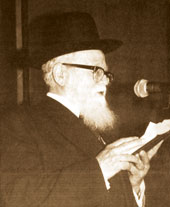
Reasons behind the Prohibition of Sowing Mixed Seeds
from Siach Shaul 337-339
Rabbi Shaul Yisraeli zt"l | 30 Nissan 5784
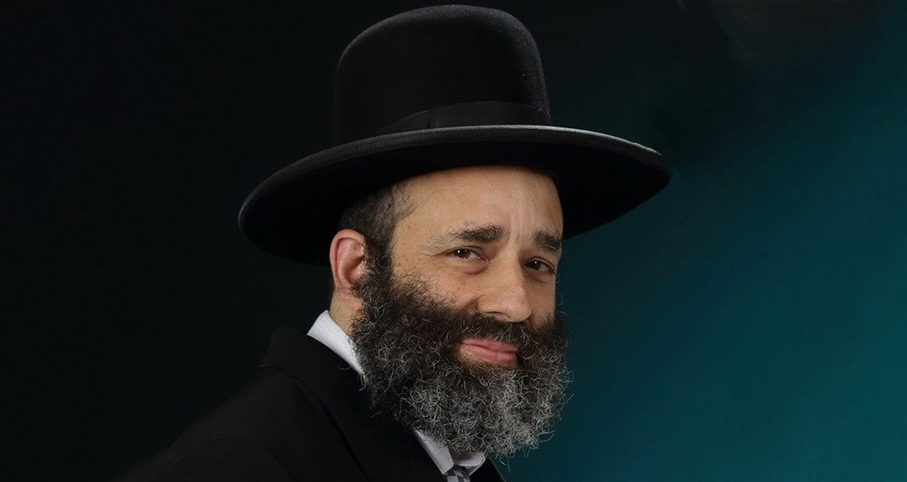
Kil’ayim is not crossbreeding!!
Rabbi Yirmiyohu Kaganoff | Iyar 5783
